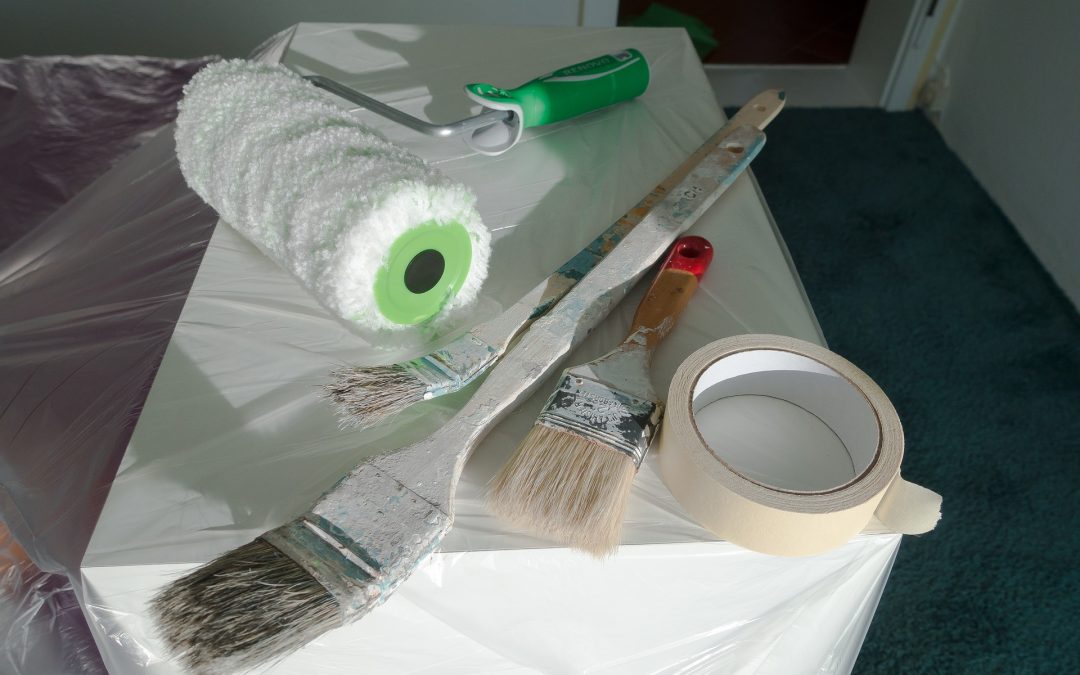Quietly and with a minimum of fanfare, Adept recently finished moving to our new larger offices. While this move consisted of heading one floor down in the same building, we took the time to reflect on the process. We considered how small-to-medium organisations can make the transfer of staff, office equipment and infrastructure smoother.
In no particular order, our tips are listed below. Hopefully they might promote some useful thoughts on office moves.
1. Moving stuff first and staff last
As a general rule, having smaller items such as filing and kitchen goods ready to sort is better than having to play fetch after everyone has made the move. The advantage here is twofold: staff will feel more comfortable moving into a new location that’s already populated by familiar items, and post-move inventory is far easier if the items are in the same relative spaces as before.
There’s an added positive effect. This method provides the opportunity to consider if you should move items or throw them away. In this, office moves are no different from house moves – don’t bring what you don’t need.
2. Keep all staff informed throughout the process
Not knowing what’s happening regarding a major company event can be frustrating. It can also provoke uncertainty and lead to performance dips. To prevent this, it is vital to communicate often and in detail to all staff as to the status of various stages of the move. Providing progress reports on different moving aspects gives a sense of accomplishment and continuity. It will also help bring moving efforts together if you keep individuals concerned abreast of the latest requirements. Consequently, issues such as seating arrangements and moving tasks need to be properly defined and accepted well before moving.
3. Keep health and wellness ongoing
Staff wellness initiatives and activities should stay in place as much as possible during and after a move. It’s tough enough moving to a new location. It’s less pleasant to do so without all the little things that make work more pleasant. As an addition, you could try incentivising moving assistance. Finally, offer staff small rewards for helping out.
4. Office infrastructure is critical
We don’t often think much about the power supply. Or the wireless connectivity, or the running water, or the telephones, or the air conditioning. We’re used to having this infrastructure, and thus may take it for granted. So in the spirit of keeping business flowing, make absolutely sure all of the “necessities” are up and running. Your staff will thank you.
5. Let people decorate
In an office, our work spaces are personal spaces. Keeping them personalised helps us maintain individuality. They’re also an expression of character, an important part of company culture. To that end, staff should be encouraged to sort and display however they wish, within reason, in order to create their own little niche. Common areas can be livened up by mutual consent. Make client-facing areas less stark. Entertainment areas ought to be aesthetically pleasing. Bare walls shouldn’t surround a room. Since it’s a new place, let staff have some harmless fun with it.
6. Make equipment shine again
There are two thoughts here. The first one is literal: take the time to dust equipment off. Computer units and peripherals look newer after a basic cleaning. Kitchen appliances are shinier without fingerprints. Electrical and data cables are better without the dust. Plus, it makes sense to look after your hardware.
The second thought is to carefully re-purpose everything. Perhaps a coffee maker would serve more people if it were central rather than in a corner kitchen. Maybe re-configuring the layout of the wireless access points means better coverage. Although they may seem silly examples, but make for a more functional and pleasant office.
7. Sort out storage ASAP
You’d be surprised at how much more storage you actually need that what you think you need. Make provision for all the things you haven’t designated space for yet. This is vital – it will keep areas in use from becoming cluttered. Finally, plan your storage right. It’s no good having everything piled up in an inaccessible way.
8. Don’t neglect the clients
As far as business goes, it’s usually business as usual. Your core work should be able to continue around the move. Retail companies should be apply to supply and deliver. Service providers should not have to cut services. Additionally, if any part of business is likely to be adversely affected, consider informing key clients of this. All client-facing staff must be especially wary for potential problems during this time.
It isn’t always possible to move without disrupting work. If it’s possible that moving will hamper business severely, consider closing shop for a day or two (not always feasible in service provision).
9. Call the cavalry
There are companies that specialise in corporate relocations. If you think the process may come undone, consider sourcing assistance. Yes, you incur associated costs when you hire them. Consider, however, how many of the moving tasks they can take off your hands. If you’re losing valuable hours at your key staff’s high rates, it may well be cheaper to bring in a moving expert or two.
10. Promote the process positively
Moving involves change, and change can be frightening. People are usually concerned when a company declares a relocation, because they may not be sure of the intentions behind it. This can cause many emotions to stir, not all of them pleasant. Hence, to counter any negative perceptions, make sure you focus on communicating the best aspects of moving. The thought of new places, new opportunities and new potential can be inspirational. Emphasise the benefits of moving, such as bigger offices or better facilities.
There may not be a perfect moving experience, but there are many ways of seeing to it that it’s a successful experience.
Adept is grateful for completing a very successful move!

